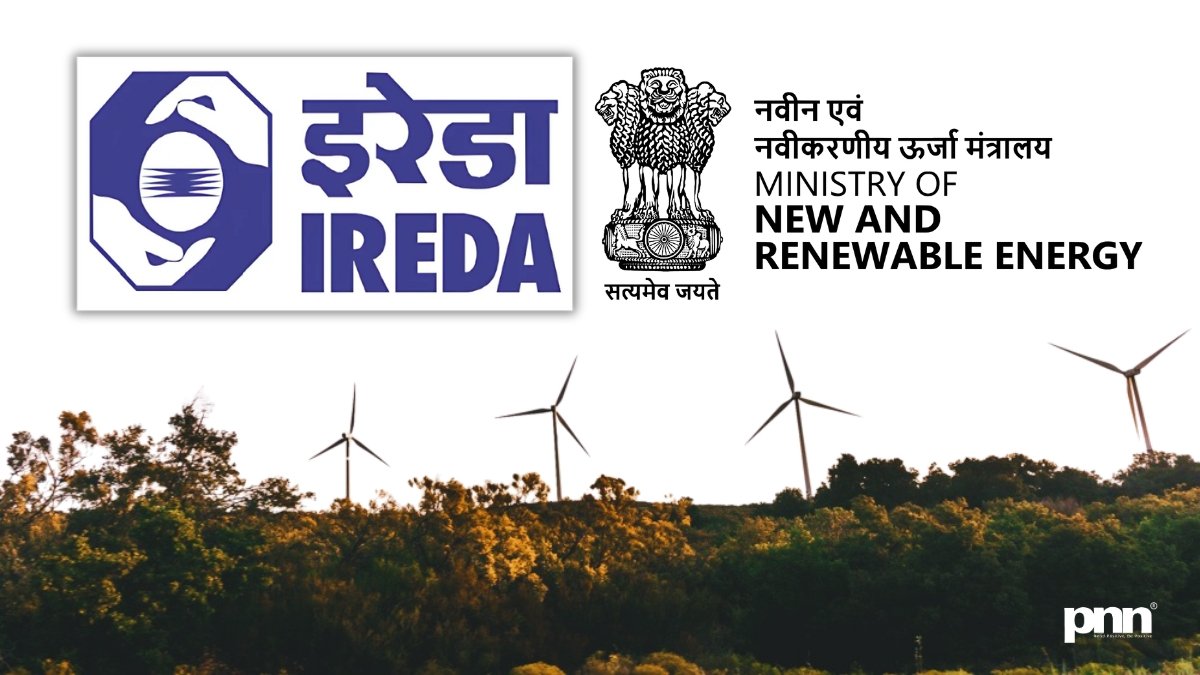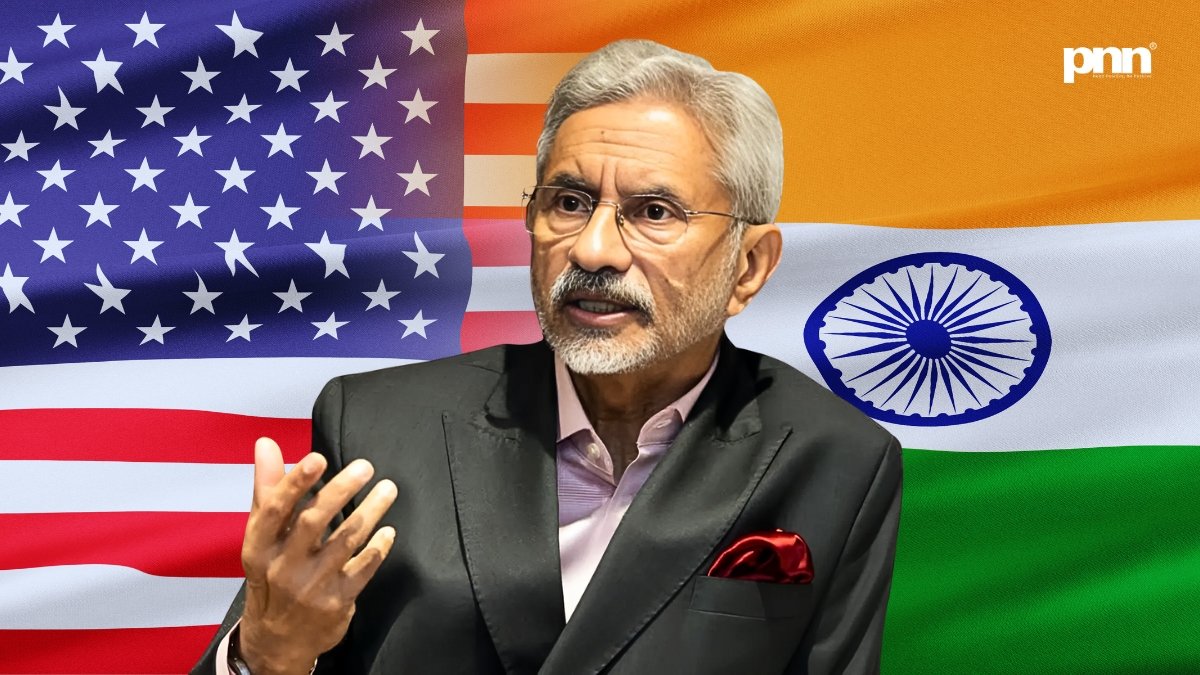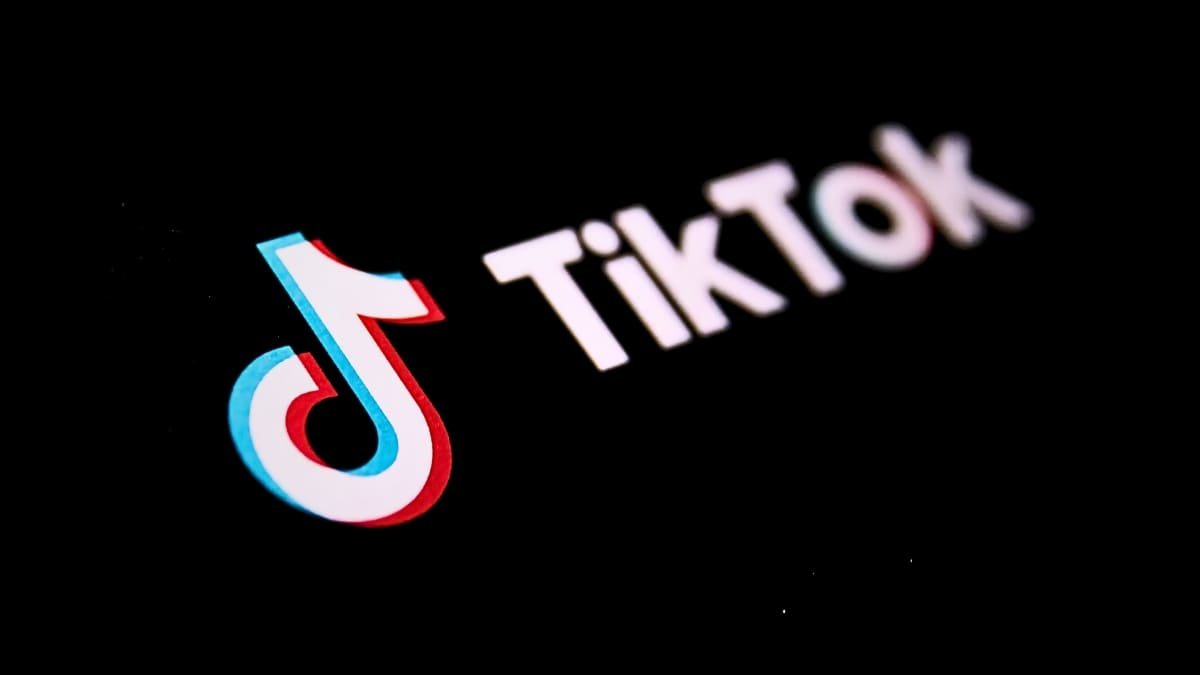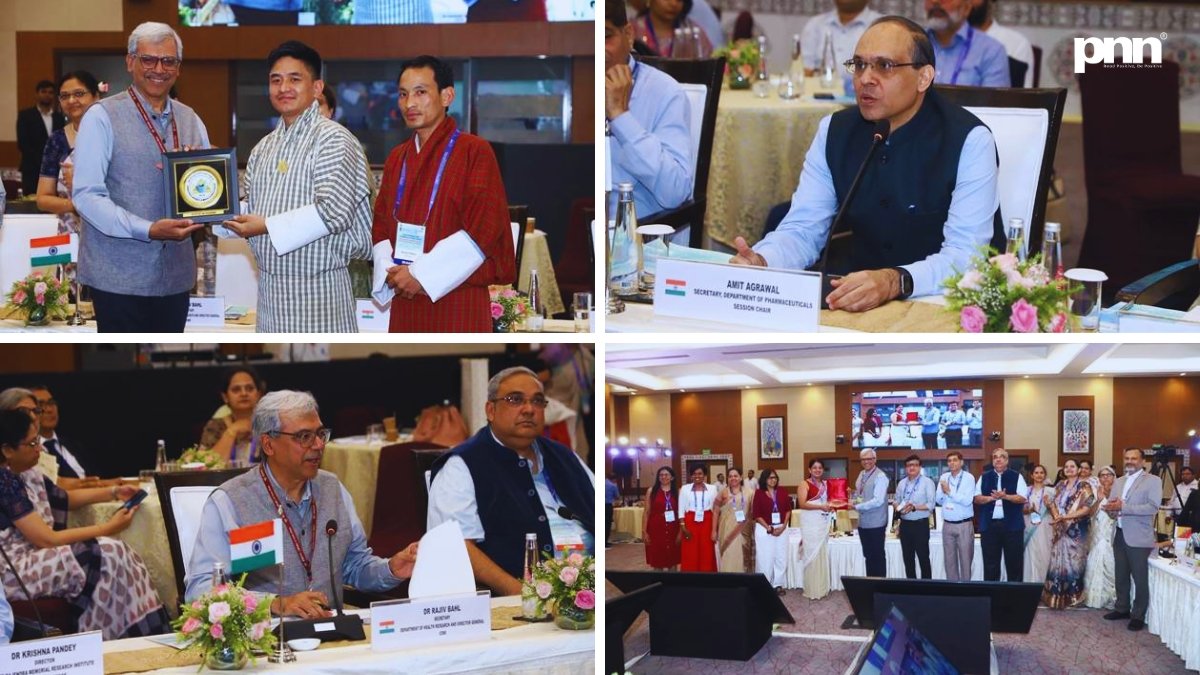
New Delhi [India], August 25: The Indian Renewable Energy Development Agency (IREDA) has signed its annual Performance MoU with the Ministry of New and Renewable Energy (MNRE). The pact isn’t symbolic; it sets hard numbers for how much money the state-run financier must generate, and how efficiently it must run.
This year’s magic number: ₹8,200 crore in revenue from operations for FY 2025-26.
The MoU was inked in Delhi by MNRE Secretary Santosh Kumar Sarangi and IREDA CMD Pradip Kumar Das, with senior officials watching on at Atal Akshay Urja Bhawan.
Exceeding Targets Is Becoming Routine
IREDA isn’t exactly stumbling into this. Last year, it was told to deliver ₹5,957 crore. It brought in ₹6,743.32 crore, almost ₹800 crore above target. For a government-owned NBFC, that’s not shabby.
It’s not just revenue. The MoU also locks in parameters like:
- Return on Net Worth
- Return on Capital Employed
- Non-Performing Assets ratio
- Asset Turnover
- EBTDA
In short, Delhi isn’t just checking the top line; it wants efficiency and clean books too.
Four Years Of “Excellent” Ratings
IREDA has developed a habit of scoring well in these annual MoUs. Since FY 2020-21, it has bagged an “Excellent” rating every year. In FY 2023-24, it topped the NBFC and power sector chart and ranked among the top four CPSEs across all sectors, out of 84 companies reviewed by the Department of Public Enterprises.
CMD Pradip Kumar Das was bullish in his remarks:
“We are committed to sustaining our track record of excellence,” he said, pointing to consecutive years of strong performance.
Why This Matters For India
IREDA isn’t just another public-sector lender. It’s the government’s financial arm for renewable energy. Every solar park, wind farm, and biofuel project that needs financing usually finds IREDA somewhere in the mix.
India has set a 500 GW renewable energy target by 2030. To get there, the money has to flow. That makes IREDA’s targets less about accounting, more about keeping India’s clean energy pipeline alive.
For context: ₹8,200 crore in operations revenue doesn’t directly mean ₹8,200 crore of loans, but it’s a good signal of lending appetite. In a country still juggling coal dependence, agencies like IREDA are how we accelerate the green shift.
The Bigger Play
The government’s CPSE performance MoUs are a blunt tool: they make bureaucrats and managers accountable. Miss targets, and the rating slips. Deliver, and you get bragging rights (and sometimes better autonomy).
For IREDA, the consistent “Excellent” ratings have boosted credibility. It matters for investors, too. IREDA’s IPO in late 2023 was oversubscribed more than 38 times, showing retail and institutional faith in its clean energy play.
This year’s MoU target of ₹8,200 crore? It’s not just about revenue. It’s about proving that the agency can keep scaling up in sync with India’s renewable push.



